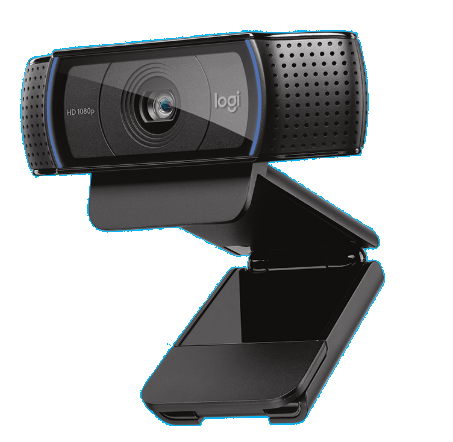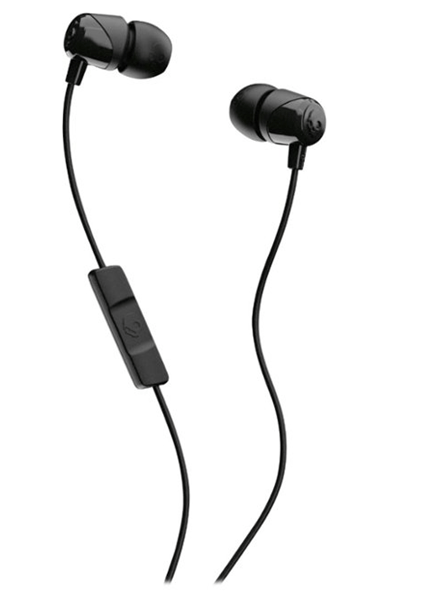A Better Microphone

A Better Microphone: a reader asks…
I’ve been using Zoom for awhile now and folks tell me my voice sounds echo-ey. I’ve got a desktop computer with a Logitech HD webcam that includes a microphone, and I also use my Lenovo laptop with built-in webcam. Neither are great but the desktop is particularly bad, although I hear everybody else ok. I’d never have known how bad my microphone was except a few folks have mentioned it. What can I do about this?
I’ve written a few articles about this (search this site for “zoom”), but the short answer is that microphone pickups can be very difficult to get working well. It all comes down to these three factors:
- How close the microphone is to your mouth versus other sources of noise (including your voice bounced off walls)
- The quality of your microphone
- The proximity of your microphone to the speakers that you’re using for Zoom or other calls.

Just like broadcast radio, a microphone should be as close to your lips as practical. In a desktop situation, this may be nearly impossible, especially with integrated microphones (the type that are part of your Logitech webcam). The easiest way to fix this is to buy a separate microphone and use that. I like the Blue Yeti line of microphones which run from $80-$170. These are old-style, bulky microphones that sit on your desk. Place them as close to you as possible.
These microphones have a selectable hyper-cardioid pickup pattern that does a good job of rejecting noise from the sides or back of the microphone, which is likely where your computer’s speakers are placed. Zoom and other 2-way conferencing apps have a difficult time dealing with microphones in proximity to speakers. The microphone has to pick up your voice, and not pickup any other audio, particularly coming from your speakers. This is a slick trick when done well, and can result in frustrating conversations when not done well.

The microphone that is built into most webcams is fairly low-quality, and may not have any noise-rejection capabilities. Here again is where a good quality microphone can make all the difference. Getting good audio can be really expensive, and radio personalities will have very demanding and specific requirements in their microphones. If you want to be heard well, you should consider being more discriminatory in the equipment you use. Another often lower-cost alternative is to use a lavalier microphone. The biggest benefit of this type is that it’s so much closer to your lips which makes it much easier for the circuitry to reject anything that’s not close to the loudness of your voice.

Finally, using external speakers instead of earbuds or a headset is always going to be more problematic. As I mentioned above, the apps have to figure out which audio is coming live from you, and which audio is coming from the speakers (your co-conferees), rejecting the latter. Our human ears are much better at discriminating, separating sounds, paying attention to the important sounds and ignoring the not important sounds. If you can’t use earbuds or a headset for whatever reason, a really good microphone, placed close to you with any speakers located behind it (or off to the sides) will go a long way toward making your voice sound good to others on conference calls.
This website runs on a patronage model. If you find my answers of value, please consider supporting me by sending any dollar amount via:
or by mailing a check/cash to PosiTek.net LLC 1934 Old Gallows Road, Suite 350, Tysons Corner VA 22182. I am not a non-profit, but your support helps me to continue delivering advice and consumer technology support to the public. Thanks!






